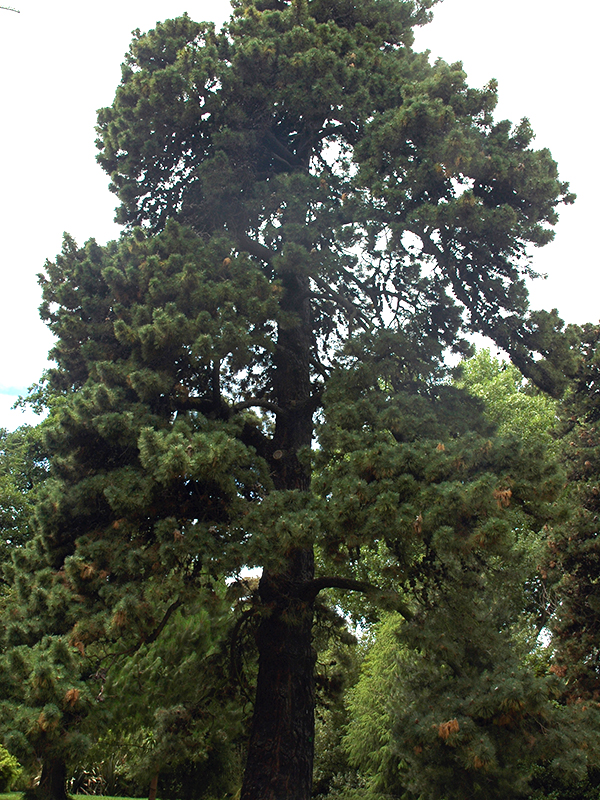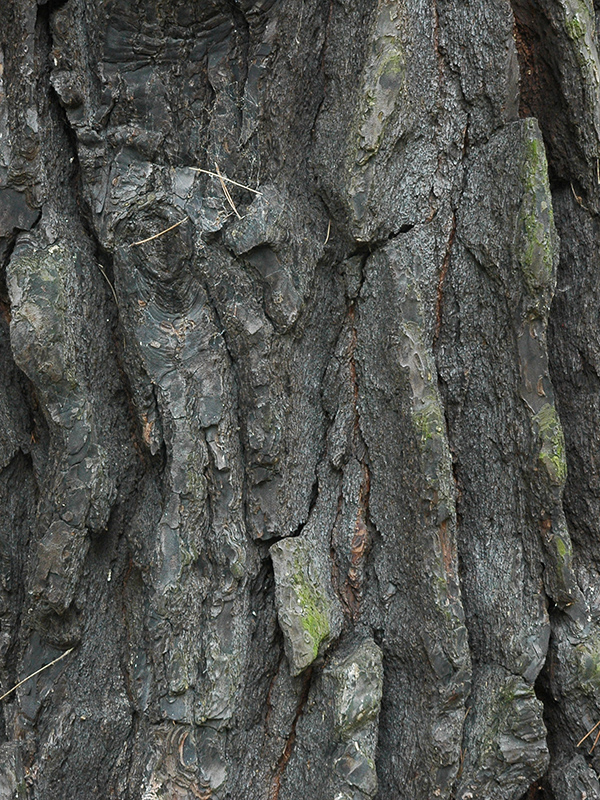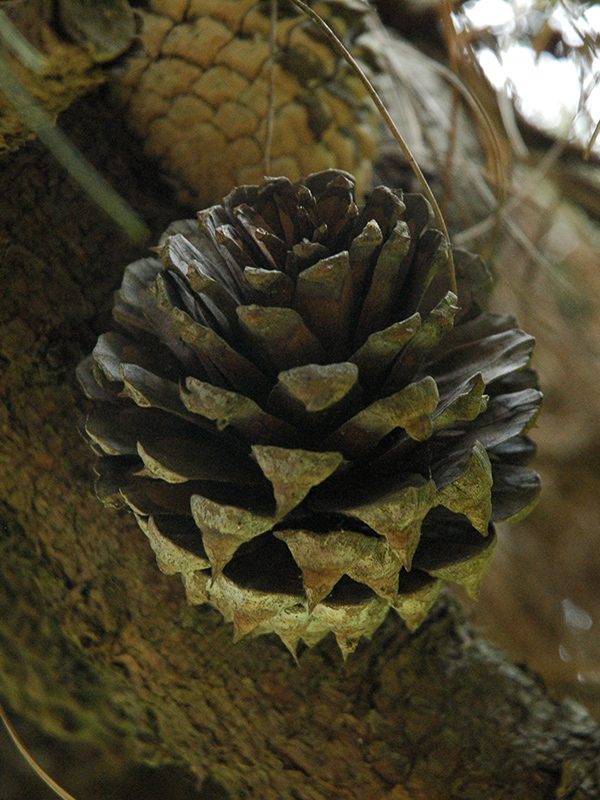
Woody > Pinus > Pinus muricata > Pinus muricata
Pinus muricata
Bishop Pine
Origin: Native to the coast of California and Mexico. The Bishop Pine is listed as an endangered species.
Mike's
Opinion


"
Pinus muricata has a northern and southern strain that can be found along the coast of California and Mexico. The northern strain has blue foliage while the southern strain has deep green needles. The Bishop Pine can be seen growing on rocky hillsides or bogs. The cones are serotinus, persisting on the tree for up to 70 years.
Michael Pascoe, NDP., ODH., CLT., MSc. (Plant Conservation)
"
| Family |
| Pinaceae |
| Genus |
| Pinus |
| Species |
| muricata |
| Category |
| Woody |
| Type |
| Tree (evergreen) |
| Pronunciation |
| USDA Hardiness Zone |
| 7 - 10 |
| Canadian Hardiness Zone |
| 6b - Requires cool season protection under glass. |
| RHS Hardiness Zone |
| H2 - H6 |
| Temperature (°C) |
| -18 - 4 |
| Temperature (°F) |
| 0 - 40 |
| Height |
| 15 - 28 m |
| Spread |
| 4 - 8 m |
Photographs
Description and Growing Information
Flowering Period
| General Description |
| A single stem tree, slightly pyramidal in shape with roughly ridged, scale-like bark. 2 needles per fascicle and depending on location the foliage is either dark green or blue. The cones are dark brown with a slight upward curve. |
| Cultivation |
| Sandy, acidic soils poor in nutrients with full sun. Prefers windy climates. |
| Shape |
| Upright and narrow with a conical shape, branches are wide spreading and slightly ascending. |
| Growth |
| Fast |
| ID Characteristic |
| Conical in shape when mature with weak branches due to its rapid growth. The ‘closed’ cones can persist on the tree for up to 70 years. |
| Pests |
| Susceptible to honey fungus. |
| Habitat |
| Found growing along dry coastal ridges. |
| Bark/Stem Description |
| The bark is scale-like, dark grey with deep ridges. |
| Flower/Leaf Bud Description |
| The buds are dark brown and ovoid-cylindric, resinous and approximately 1-2.5 cm in length. |
| Leaf Description |
| 2 needles per fascicle, 8-13 cm in length and 1.5 mm wide. The leaf has a dark green or blue colour and (depending on strain) has a slight twist in the needles. |
| Flower Description |
| The Bishop Pine is monoecious. Male flowers are purple and are held in tight clusters at the branch tips. While the female flowers are reddish-purple and are found in groups of 3-4 on branch tips. Both are conical shaped and 5-7 cm in length. |
| Fruit Description |
| Seed cones are serotinous, chestnut-brown and about 4-9 cm in length. Juvenile cones are a light green colour, the ‘closed’ cones have strong spikes on the outside. Curving downwards and appear in whorls. |
| Colour Description |
| Dark grey bark with slightly blue foliage or dark grey bark with green foliage. The cones are chestnut-brown with dark brown spikes. |
| Texture Description |
| Medium textured foliage and rough scale-like bark. |
| Notable Specimens |
| Westonbirt, The National Arboretum, Tetbury, Gloucestershire, England. |
| Propagation |
| Propagated by seed or cuttings. Stem cuttings should be taken in late winter or early spring from juvenile trees with well developed roots. With seed propagation, cold stratification for 6 weeks at 5°C should be implemented as it improves germination. |
References
Sibley, David. "The Sibley Guide to Trees". New York: Alfred A. Knopf, 2009. Print.
Perry, James W., and David Morton. "Photo Atlas for Botany". Belmont, CA: Wadsworth Pub., 1998. Print.


